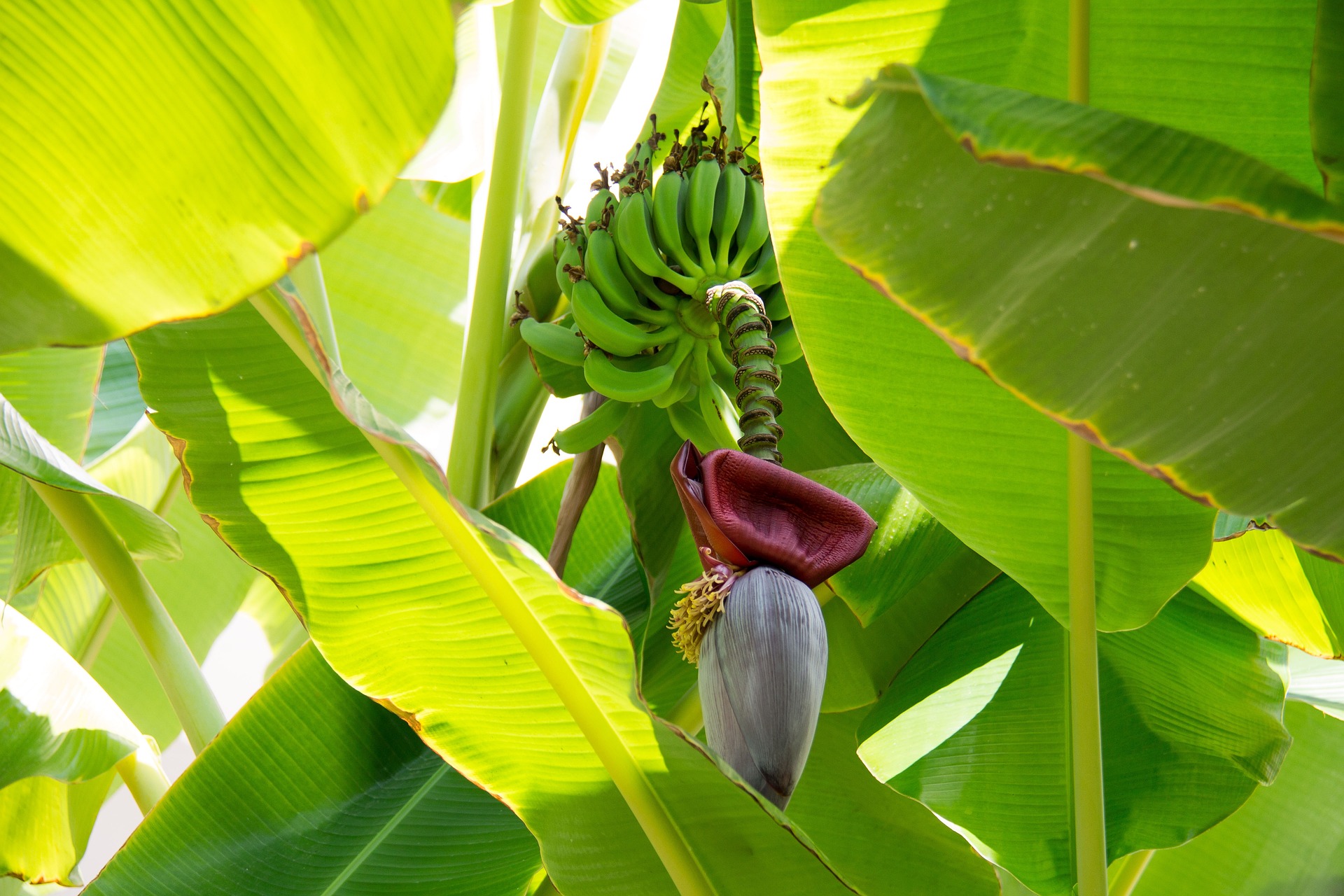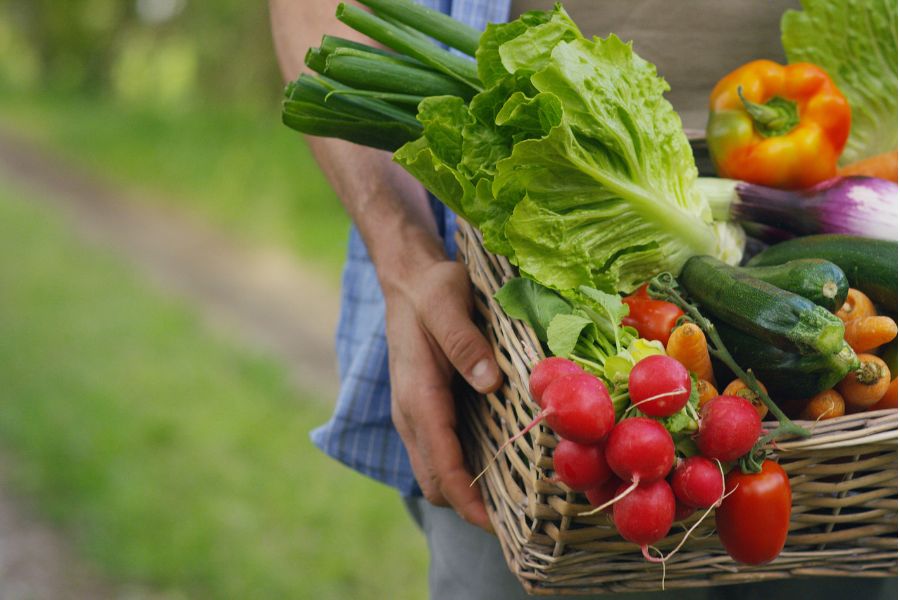Basmati Rice & Pesticides: Where does the fault lie?
• Despite the concerted endevavours to minimise fertiliser and pesticide use, Basmati rice export from India has declined by 9.6% in April-September 2019-20, over the same period in 2018-19.
• European Commission reduced maximum permissible residue levels for Tricyclazole to 0.01 parts per million (ppm) from 1 ppm for all crops in 2018.
• India’s NPK fertiliser use per area of cropland in 2017 was 156.93 kg/hectare as against the world average of 122.74 kg/hectare.
• Ensuring uniform and good quality of produce is as important as being price competitive in order to establish the market for domestic products globally.
• It is high time that the focus is enlarged to include the ‘judicious use of pesticide and fertiliser’ in order to reverse the decline in Basmati Rice exports from India.

Agriculture Export Policy 2018 envisions that renewed focus is required on seeds, pesticides, fertilizers and proper utilization of water to double exports. Despite the focus on minimising the fertiliser and pesticide use, Basmati Rice exports from India have declined by 9.6% YoY in April-September, 2019-20, since the European Commission reduced maximum residue levels for Tricyclazole to 0.01 parts per million (ppm) from 1 ppm for all crops in 2018.
India’s export of Basmati Rice to World
| Year/Period | Quantity (‘000 MT) | Growth (%) | Value (US$ million) | Growth (%) |
| 2016-17 | 3,999.72 | 3,222.33 | ||
| 2017-18 | 4,051.90 | 1.30 | 4,165.00 | 29.25 |
| 2018-19 | 4,415.09 | 8.96 | 4,712.58 | 13.15 |
| 2018-19 (Apr-Sep) | 2,082.51 | 2,247.34 | ||
| 2019-20 (Apr-Sep) | 1,870.78 | -10.17 | 2,031.83 | -9.59 |
Source: APEDA
As per industry inputs, Basmati varieties PB1 and Pusa 1401 have the highest share in the export basket to European Union and Tricyclazole is used as a fungicide for these varieties for rice blast control, the other alternative pesticide available to control rice blast is comparatively priced very high. Hence the major reason for such decline in Basmati export is primarily non-judicious use of pesticides by rice growers leading to decline of imports by EU, apart from decline in demand from Iran, as per the inputs received from exporters. As evident from the table below, the export of Basmati from India to EU declined by 38% and 9% in 2018-19 and 2019-20 (April-Sep) respectively.
India’s exports of Basmati rice to EU
| Year/Period | Quantity (‘000 MT) | Growth (%) | Value (US$ million) | Growth (%) |
| 2016-17 | 355.92 | 258.93 | ||
| 2017-18 | 397.21 | 11.60 | 367.67 | 42.00 |
| 2018-19 | 224.05 | -43.59 | 226.68 | -38.35 |
| 2018-19 (Apr-Sep) | 106.22 | 108.83 | ||
| 2019-20 (Apr-Sep) | 96.91 | -8.76 | 99.03 | -9.00 |
Source: APEDA
The other reason for decline in Basmati exports, as per industry inputs is the decline in demand from Iran. The import of Basmati by Iran from India declined by 28.16% in 2019-20 (April-September) over 2018-19 in terms of quantity as per APEDA. The excess speculative import of Basmati by Iran in the preceding months i.e. from December 2018 to May 2019 may be attributed as the biggest reason for such decline in the demand in the succeeding months, as evident from the table below depicting the percentage growth of Basmati exports from India to Iran on month-on-month basis over the last 3 years.
Iran’s imports of Basmati Rice from India: % Growth in terms of quantity
| Months-Period | YOY % Growth 2019-20 to 2018-19 | YOY % Growth 2018-19 to 2017-18 | YOY % Growth 2017-18 to 2016-17 |
| April-April | 33.8 | -1.7 | 66.1 |
| April-May | 62.5 | -19.1 | 23.8 |
| April-June | -0.5 | -17.2 | 36.9 |
| April-July | -24.2 | 6.4 | 34.2 |
| April-August | -26.8 | 8.4 | 38.0 |
| April-Septemeber | NA | 11.9 | 37.5 |
| April-October | NA | 15.0 | 36.4 |
| April-November | NA | 18.2 | 32.7 |
| April-December | NA | 35.4 | 26.5 |
| April-Januaray | NA | 49.2 | 31.6 |
| April-February | NA | 61.3 | 25.9 |
| April-March | NA | 69.1 | 22.4 |
Source: APEDA
Hence one can say that the rice exports from India are hurt the most by the excess use of pesticide and resultant rejection of export consignments by EU. The exporters were wary of the impact on premium fetched by Indian Basmati in international market due to the unfair practices such as mixing of 1509 variety (low quality) of rice with 1121 variety (high quality) of Basmati, which is in great demand in the Middle East countries.
Rice exporters are of the opinion that the most effective solution to the current pesticide residue issue is a complete ban on pesticides such that pesticide usage may be controlled at initial level i.e. at farming itself.
The FAO data shows that the fertiliser use and pesticide use by India is very high, as evident from the table below India’s NPK fertiliser use per area of cropland in 2017 was 156.93 kg/hectare as against the world average of 122.74 kg/hectare.
Fertiliser (NPK) use n 2017
| Country/Region | Fertiliser use in Kg/Ha |
| India | 156.93 |
| Pakistan | 148.7 |
| World | 122.74 |
Source: FAO
Hence the need of the hour is to produce good quality raw material/ primary agricultural produce such that exports may not face a jolt due to poor quality of produce. While one cannot assert with certainty that all the SPS rejections faced by a country are based on genuine, stable and globally acceptable and established scientific tests, still producing quality products is imperative to gain the global export market. Ensuring uniform and good quality of produce is as important as being price competitive in order to establish the market for domestic products globally.
Economic Survey 2018-19 suggests that “focus should shift from ‘land productivity’ to ‘irrigation water productivity’. It is high time that the focus is enlarged to include the ‘judicious use of pesticide and fertiliser’ in order to reach the ~60+ billion food and agriculture export from India.













Leave a comment